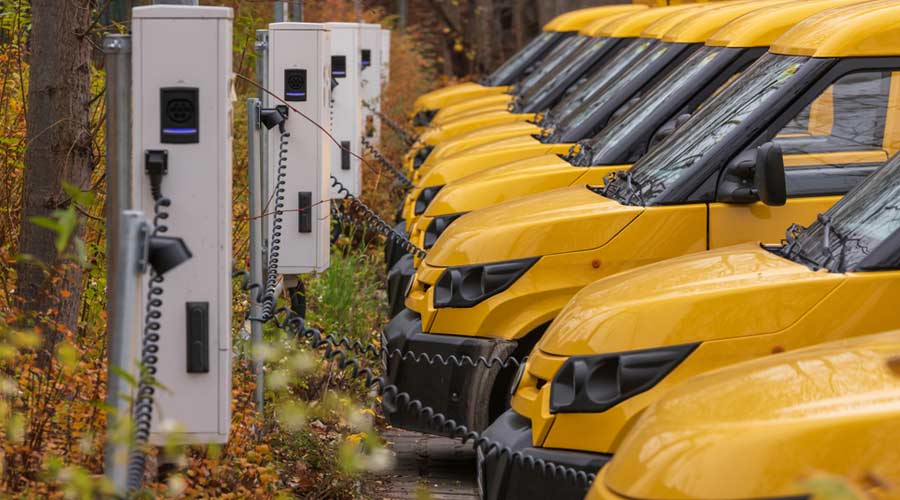LEED Certified Lab Offers Lessons In Efficiency, Project Management
A Florida water management district put in practice what it preached — energy and water use efficiency and conservation — in the design of its new environmental services laboratory. And in the process, the South Florida Water Management District (SFWMD) used project management and quality control tools that resulted in a project that was well under budget, with only 3 percent in change orders, and achieved LEED gold certification.
SFWMD focuses on water quality, water supply and flood management throughout southern Florida from Orlando to the Florida Keys. When the regional agency decided to build the laboratory, its mandate to designers was to design a building that was green and energy efficient, and would showcase ways to conserve and efficiently use water. SFWMD wanted to practice what they preached to their constituent communities and to the 7.7 million residents within the district.
The lab is one of the most productive of its type in the country and it completes between 16,000 and 28,000 analyses per month, amounting to more than 200,000 annually. The lab is the site where SFWMD scientists test for the amount of nutrients in surface and groundwater, salinity levels, and other water quality parameters. The lab maintains a database available to other scientists and the public at www.sfwmd.gov containing the more than 5 million water quality testing results it has produced over the last 30 plus years.
With money tight and a local economy in disarray, SFWMD was also concerned that building a new facility in tough times be seen as wise spending. The budget had to reflect that. Using consensus building, project information management (PIM) software and design review tools, the new 36,000-square-foot environmental services laboratory in Florida was completed for $8.2 million, or $228 per square foot.
The SFWMD was committed to achieving LEED gold certification to underscore its mission and commitment to the environment. Some of the water and energy saving meaures in the facility include:
• Greywater collection system for non-potable uses.
• Low-flow fixtures and hand sensors for potable water to cut water use.
• Pervious concrete in parking areas and sidewalks to reduce pollution from runoff.
• High-efficiency mechanical and electrical systems.
• Efficient window and lighting systems.
• Off-peak ice-storage system to reduce daytime air-conditioning needs.
• Roofing and pavement with reflective materials to keep the building and adjacent areas cooler.
• Recycled, low-emitting and regional materials.
• Spaces set aside for bicycles and low-polluting transportation to encourage efficient transportation.
Related Topics:












